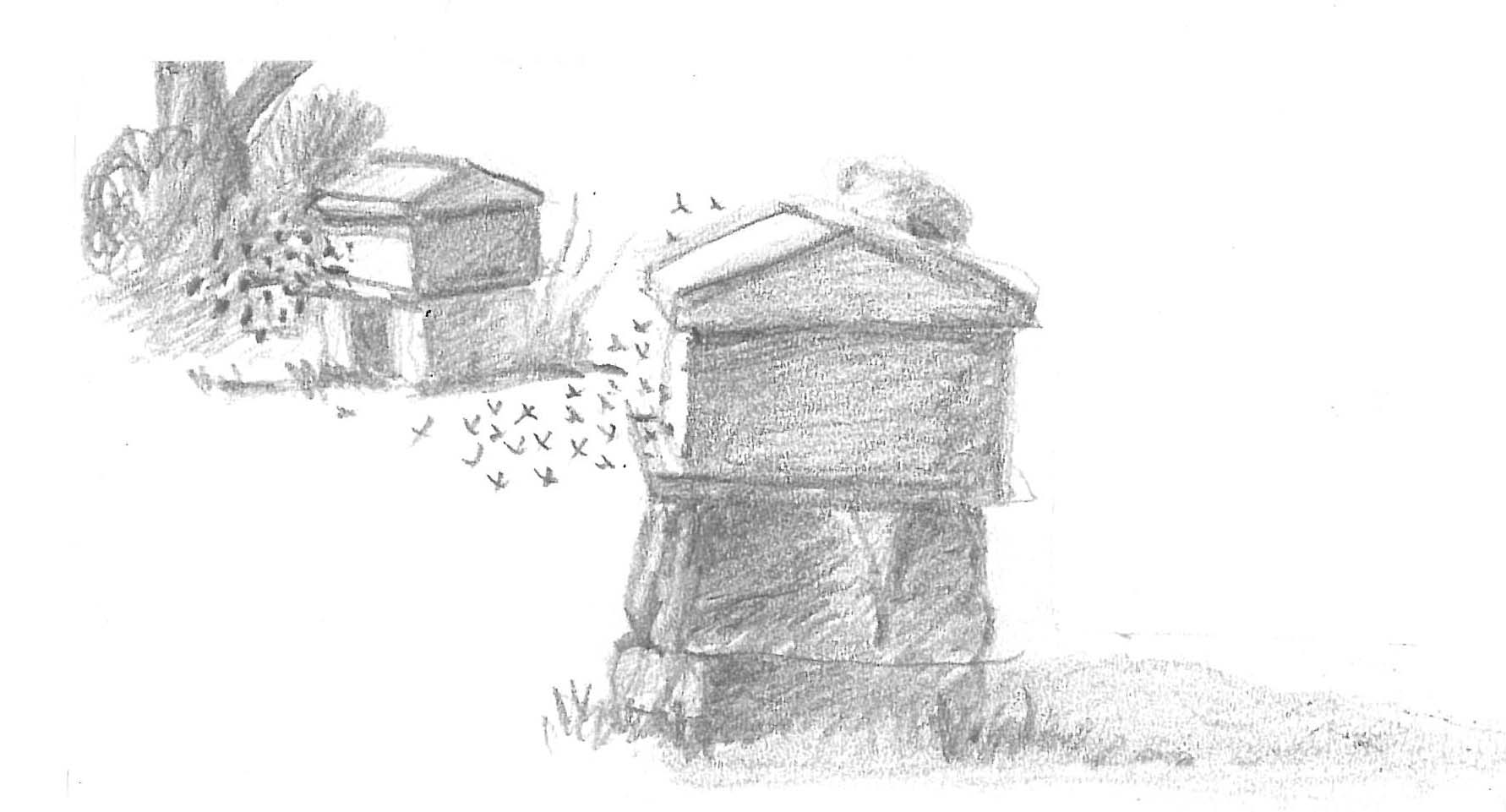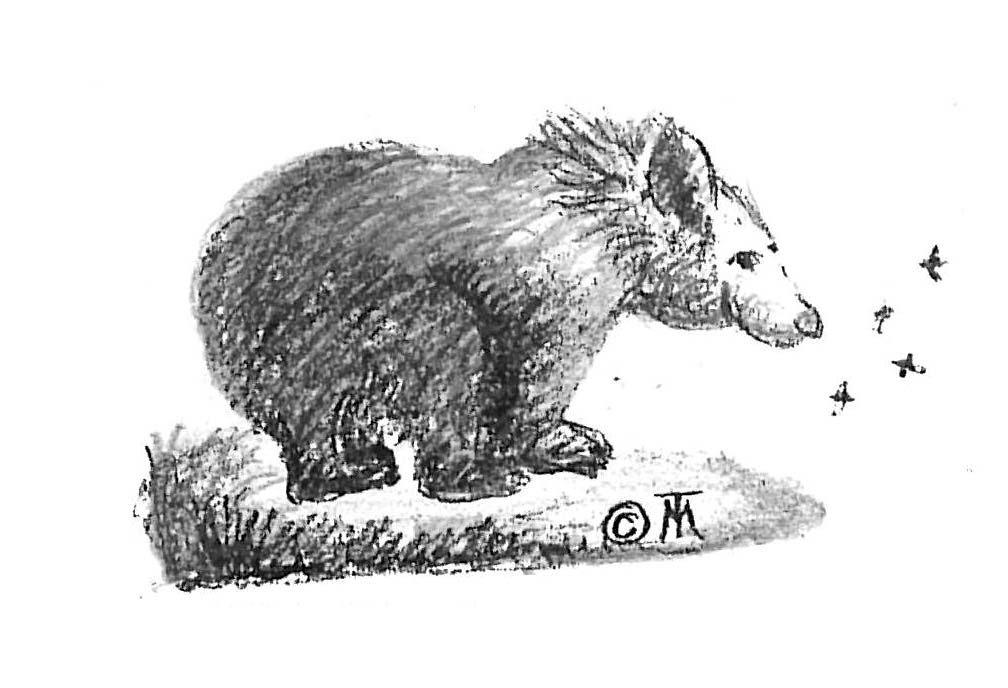|
|
 |


|
Pure Royal Jelly
|
|
 |
Pure Royal
Jelly - Harvest, composition, uses Pure Royal Jelly and RG contaminated
with Chemicals, or pollen from genetically modified crops.
Pure RG and
organic royal jelly, chemical analysis of royal jelly
Pure Royal
Jelly and RG in Pharmacy and Cosmetics, alternative Medicine, Natural Cosmetics |
|
|
|
Royal Jelly - Harvest
Royal jelly is normally
harvested in a not cruelty-free way by stimulating colonies with movable
frame hives to produce queen bees. Royal jelly is collected from each individual
queen cell when the queen larvae are about four days old. It is collected
from queen cells because these are the only cells in which large amounts
are deposited; when royal jelly is fed to worker larvae, it is fed directly
to them, and they consume it as it is produced, while the cells of queen
larvae are "stocked" with royal jelly much faster than the larvae can consume
it. Therefore, only in queen cells is the harvest of royal jelly practical.
A "well-managed"
hive of a beekeeper who doesn't care about cruelty to animals, is able
to produce during a season of 5–6 months approximately 500 g of royal jelly.
Since the product is perishable, producers must have immediate access to
proper cold storage (e.g., a household refrigerator or freezer) in which
the royal jelly is stored until it is sold or conveyed to a collection
centre. More
on harvest without cruelty to animals...
Royal Jelly -
Composition
Royal jelly is collected
and sold as a dietary supplement, claiming various health benefits because
of components like B-complex vitamins such as pantothenic acid (vitamin
B_5 ) and vitamin B_6 (pyridoxine). The overall composition of royal jelly
is 67% water, 12.5% crude protein (including small amounts of many different
amino acids, and 11% simple sugars (monosaccharides), also including a
relatively high amount (5%) of fatty acids. It also contains many
trace minerals, some enzymes, antibacterial and antibiotic components,
and trace amounts of vitamin C. The fat-soluble vitamins, A, D, E and K,
are completely absent from royal jelly.
Royal Jelly -
Epigenetic Effects
The honey bee queens
and workers represent one of the most striking examples of environmentally
controlled phenotypic polymorphism. In spite of their identical, clonal
nature at the DNA level they are strongly differentiated across a wide
range of characteristics including anatomical and physiological differences,
the longevity of the queen and reproductive capacity. Queens constitute
the sexual caste and have large active ovaries, whereas workers have only
rudimental inactive ovaries and are functionally sterile. The queen worker
developmental divide is controlled epigenetically by differential feeding
with royal jelly. A female larva destined to become a queen is fed large
quantities of royal jelly that triggers a cascade of molecular and spiritual
events resulting in queen development.
Royal Jelly -
Uses
Royal jelly has been
reported as a possible immunomodulatory agent in Graves' disease.
It has also been reported to stimulate the growth of glial cells and neural
stem cells in the brain. To date, there is preliminary evidence that it
may have some cholesterol- lowering, anti-inflammatory, wound-healing,
and antibiotic effects, though the last three of these effects are unlikely
to be realized if ingested (due to the destruction of the substances involved
through digestion, or neutralization via changes in pH. Research also suggests
that the 10-Hydroxy-2-decenoic acid (10-HDA) found in royal jelly may inhibit
the vascularization of tumors. There are also some preliminary experiments
(on cells and lab animals) in which royal jelly may have some benefit regarding
certain other diseases, though there is no solid evidence for those claims,
and further experimentation and validation would be needed to prove any
useful benefit. Royal jelly can also be found in some beauty products.
Read
more about uses of pure royal jelly...
Pure Royal Jelly
And Organic Royal Jelly, Chemical Analysis Of Royal Jelly
More important than
chemical analysis of products such as royal jelly, raw-propolis, propolis-tincture,
beeswax, comb honey, comb in the comb, raw honey, beesbread is the origin
of the raw materials, the way beekeepers keep their bees and which kind
of hives they use. This fact is overseen in many cases by trading companies
and producers of royal jelly products. Royal jelly products offered in
supermarkets or drug stores sometimes contain not only pollutant loads
or enrichments with harmful substances but also cancer causing and biotechnological
produced plant oils, sugar substitutes as isomalt or aspartame.
The quality of food
and beeproducts such as royal jelly cannot be clearified by common analytic
methods and techniques. Analytic procedures are too crude; thats the reason
why foodstuff inspectors were often easy game for the swindlers.
Also methods of harvesting
royal jelly are very often anything but according the needs of bees. Even
socalled organic royal jelly may be contaminated with beeswax that contains
low amounts of pesticides or paraffin. Thus, royal jelly, raw
honey, beeswax, beesbread, pollen and propolis may be contaminated, especially
if beekeeping methods are not according standards of Centre for ecological
Apiculture. Further reading and references...
Pure Royal Jelly
And RG Contaminated With Pollen From Genetically Modified Crops
Honeybees in Switzerland
collect pollen from maize, also GM-maize (which is not yet prohibited in
Switzerland), more frequently than expected; these pollen can be found
in beeproducts (royal jelly, pollen, beesbread, comb in the comb, propolis,
beeswax) from Switzerland or other countries who allow GM-crops to be grown
such as USA, Canada, China, Philippine Islands, Brasil, Argentina,
Mexico, Romania, Czech, Slovakia, Poland, Bulgaria, South Africa, Australia,
India, Uruguay, Spain, Portuga. Food containing GM-maize or compounds of
other genetically engineered crops are toxic as new scientific research
turned out. Further reading and references...
Pure Royal Jelly
And RG In Pharmacy And Cosmetics, Alternative Medicine, Natural Cosmetics
As cosmetic industry
want to offer low budget products, it is creating now cremes, lotions and
fragrances without natural ingredients good for skin care such as beeswax,
Propolis and organic herbal oils; cosmetic industry is using poor
and cancerogenic compounds instead such as Paraffinum Liqu., microcristaline
wax (Mikroparaffin) or vaseline, PEG (Polyethylenglykol), Aluminium, Benzoeacid.
Even expensive cosmetics may contain substances who support tumors in respiratory
tract. Sometimes they just add royal jelly made in China.
Further
reading and references...
Read
more about sources of supply for pure royal jelly...
Copyright
© 2002-2025: Centre for Social Medicine and Natural Apitherapy
|
 |
Important
courses:

Organic
/ ecological beekeeping for backyard beekeepers, organic gardeners and
farmers: Crash course and distance course: "ecological top bar beekeeping
for beginners". More...
Training (#62) certification
courses for beginners and professionals. More...
Alternative therapies,
health and nutrition, holistic healing, natural apitherapy:
Certification courses
/ training holistic healing and natural apitherapy (#162). More...
|
|
|
|
|

